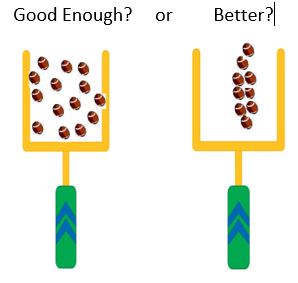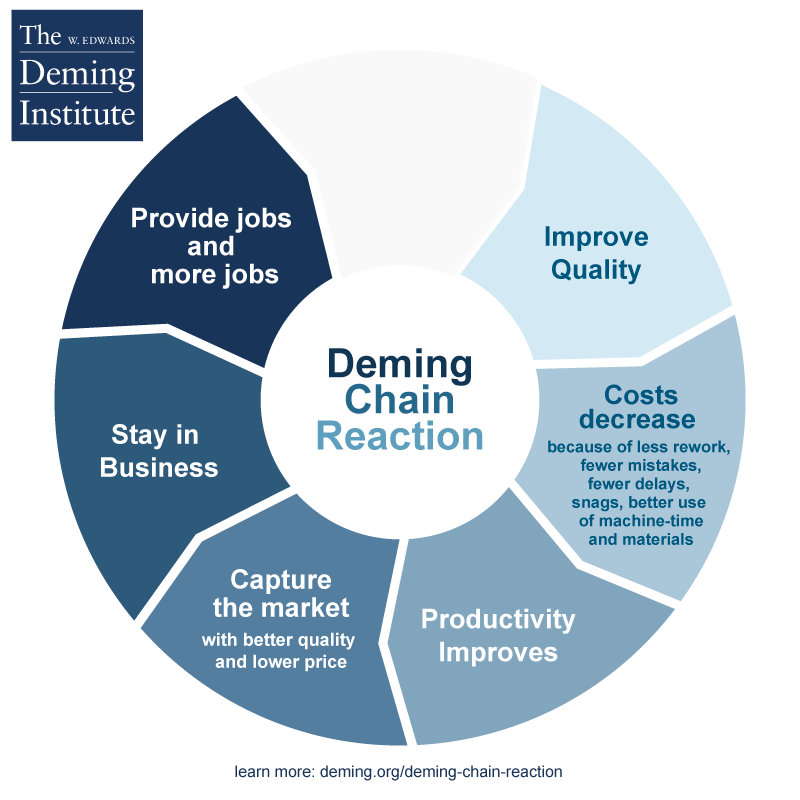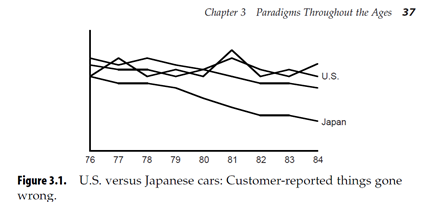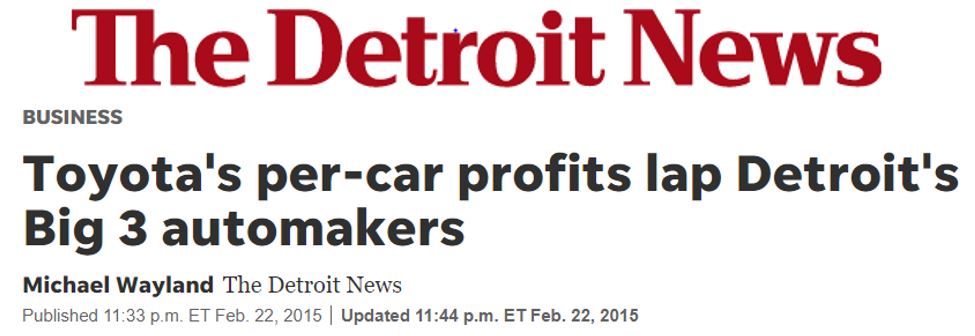An ideal perspective on improvement
By Timothy J. Clark
Updated Jan 19,2022
“Perfection is not attainable, but if we chase perfection
we can catch excellence.” – Vince Lombardi
“Who would you hire?” A field goal kicker who makes all his attempts but occasionally bounces it off the uprights, or a kicker who never varies from the middle of the goalposts? “You’d probably hire the kicker with less variation – right?

Less variation from the ideal results in more perfect outcomes. The better kicker met the need and expectation for reliability and predictability – no surprises.
Given customer needs and dynamic expectations for almost any product or service, is it safe to assume that all customers and stakeholders desire more perfect outcomes and they want it at an affordable cost?
THE DEMING CHAIN REACTION
In addition to individuals, American industry, government and education can also be more effective when reducing variation from the ideal that leads to more perfect outcomes.
In 1924, Dr. Walter Shewhart of Bell Labs develop new methods for managing variation and improving quality. These were classified during WW2, de-classified after the war and taught world-wide beginning in Japan by American experts such as W. Edwards Deming. Deming taught that reducing variation from the ideal results in a Chain Reaction:

When companies improve quality by reducing variation from the ideal, “Costs decrease because of less rework, fewer mistakes, fewer delays, snags, better us of machine-time and materials, Productivity Improves, they Capture the Market with better quality and lower price, Stay in Business, Provide Jobs and More Jobs.” W. Edwards Deming
Industry
After WWII, Japanese and other foreign manufacturing companies embraced many of the new methods and tools while Americans were slow to understand the overall value – in effect suffering a negative chain reaction, e.g., Lower quality as compared to the competition that was resulting in higher costs, lower productivity, reduced market share and a loss of jobs.
Genichi Taguchi, a Japanese business statistician, reinforced that the greater the variation from the ideal or target, the higher the cost to the customer and to society. This is referred to as the Taguchi Loss Function.
Executives at Ford Motor Company were among the first to understand how the Japanese were “doing it” – improving quality by continually reducing variation from the ideal. In other words, working to meet the needs and expectations of the customers, designers, engineers, employees, and other stakeholders in providing more perfect outcomes.
U.S. versus Japanese cars: Customer-reported things gone wrong
(1976-1984)

Despite some knowledge of the better methods, American’s have been slow to develop a shared understanding that reducing variation from the ideal is the key to better quality. In 2015 for example, the Detroit News reported that “Despite the boom in the U.S. automotive industry, Toyota Motor Corp. earns more in a year than Detroit’s Big Three automakers combined.” Until recently, Toyota was recognized as the world’s most valuable automaker in terms of market valuation.

Current reporting on the competition in the automobile industry suggests that many foreign manufacturers have not lost their competitiveness despite the abundance of quality-related programs and certifications being provided throughout America by organizations such as the American Society for Quality.
Government
The US system of government was designed to enable “We the People” to work together towards “a more perfect Union” by reducing variation. Application of the better methods by individuals within American industry, government, and education can lead to outcomes where everyone benefits, or at least, will not be any worse off in the long-term.
In 1986, W. Edwards Deming estimated it may be another 50 years (2036), before the new methods would be more commonly known and applied. If you are interested NOW in the immediate and broader application of the better methods, learn more at SuccessThroughQuality.com
Additional Information:
The “Eureka” moment for Ford Executives on the competitive advantage of continually reducing variation. Ford’s experience with variation – US vs Japan. Forgotten lessons on part-to-part consistency from the 1980’s
Largest Car Companies by Market Cap – 2015 – 2021. YouTube Video 5:09.
Toyota dethrones GM to become America’s top-selling automaker in 2021, Jan 4, 2022.
The Ghost of Quality Future. Most people are confused about what quality means. Hopefully, better education in the coming decades will correct this. by Anthony D, Burns, Jan 13, 2022

“Hello! I simply would like to give you a huge thumbs up for the excellent information you’ve got right here on this post. I am coming back to your site for more soon.”